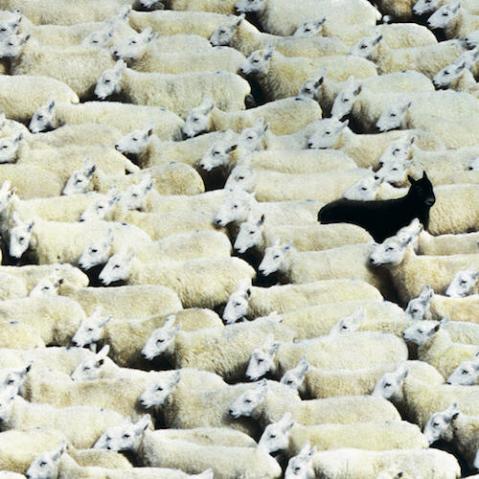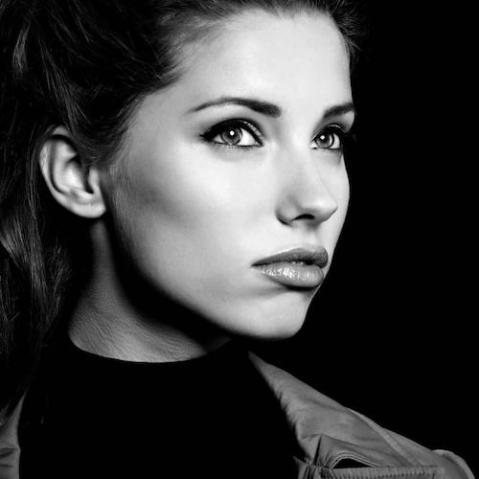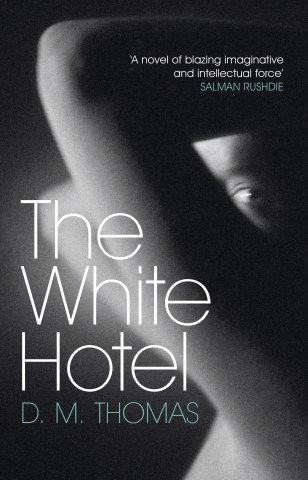Choosing between horizontal and vertical framing
When do you rotate the camera for a vertical shot? Horizontal is the default because of the way cameras are designed to be held, but vertical offers different possibilities.

This is Monument Valley, straddling Arizona and Utah, and the rock formation is Bear and Rabbit Rocks (the rabbit is a lot more obvious). There are many ways to shoot this, starting with a distant view, but the outline shapes are its most interesting feature, so pre-dawn looking east seemed a natural first shot. The group is horizontal, but the main features are vertical, so matching a vertical frame to a tall subject is one obvious approach.

But if we want a sense of tallness, there’s a little more to it. The Rabbit is striking, but maybe too obvious. Sunrise, however, will offer something if it can be caught right at the bottom of the V, and this means some last-minute running to guess its upward trajectory. The sense of tallness here is stressed by the opposition of dark peak and flaring sun.

Widescreen is spreading. In film, it means any aspect ratio wider than Academy (1.37:1), but in television and computer screens, the arrival of HDTV has made 16:9 the most popular format. And as directors of photography know, wide is a very attractive format in which to compose. Sometimes, the shapes and lines in a scene just want to take the frame wide, and one of the very good benefits of digital shooting and content-recognition software is that you can simply swing the camera to one side for another frame that will stitch seamlessly and painlessly with the first. Some cameras even have built-in panoramic stitching.

This scene on a beach, on the Indonesian island of Billiton, encouraged a wide perspective with the curved canoe on its side. Can you see how the curve of the boat matches the curve of the fisherman’s cap? This shot came about after shooting for about five minutes, and deciding that a two-frame stitch was optimal. There’s a set of parabolic curves here, which makes the image cohere, together with the implied curve of the out-of-frame part of the boat.
In this fresh new approach to composition, the theme of his best-selling classic The Photographer’s Eye, Michael Freeman explores each element of composition in visual terms. With diagrams, illustrations, and deconstructions of each shot, you’ll learn intuitively what makes a photograph work without getting bogged down in technical talk about gear and equipment. Concentrating on the visual and aesthetic principles of photography, The Photographer’s Eye: A Graphic Guide is an excellent introduction to photographic composition, and also a refreshingly new perspective for advanced photographers.
 The Photographer’s Eye: A Graphic Guide
The Photographer’s Eye: A Graphic Guide
Michael Freeman
Buy it now!
RRP for print edition: £17.99





